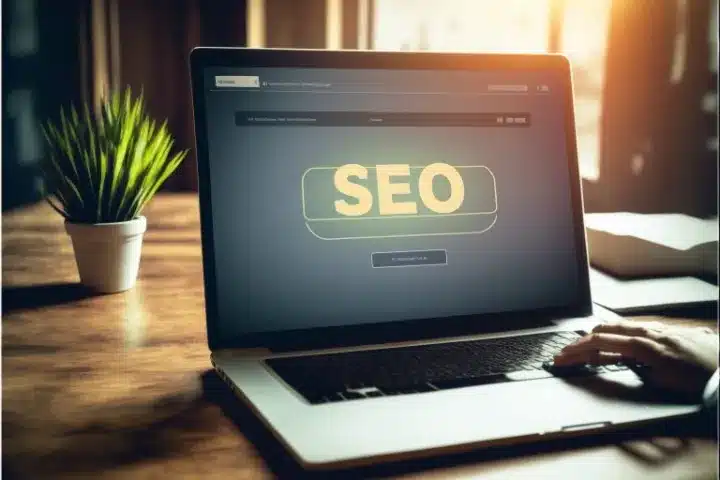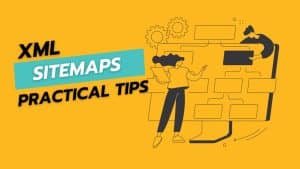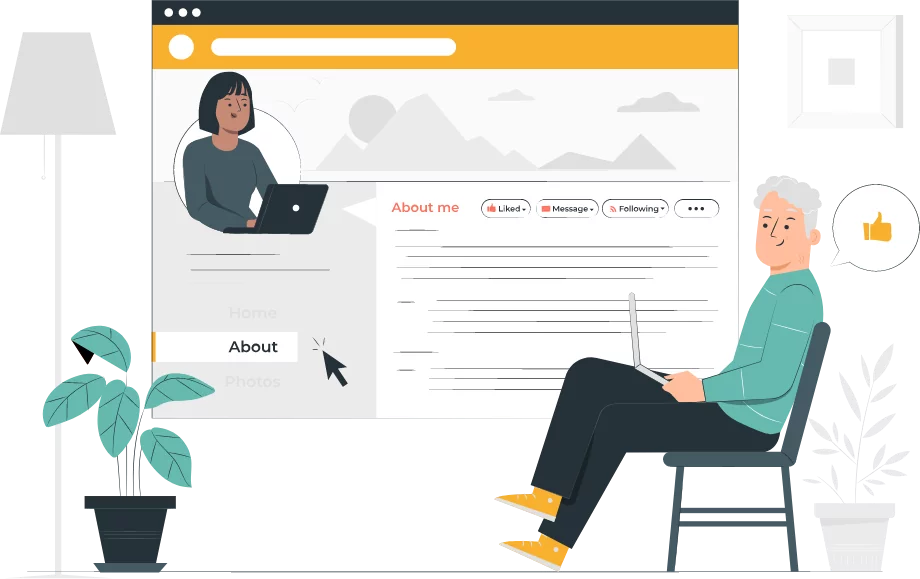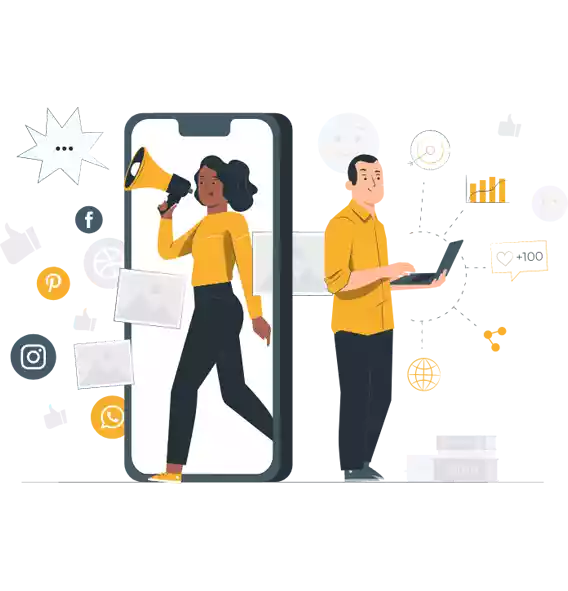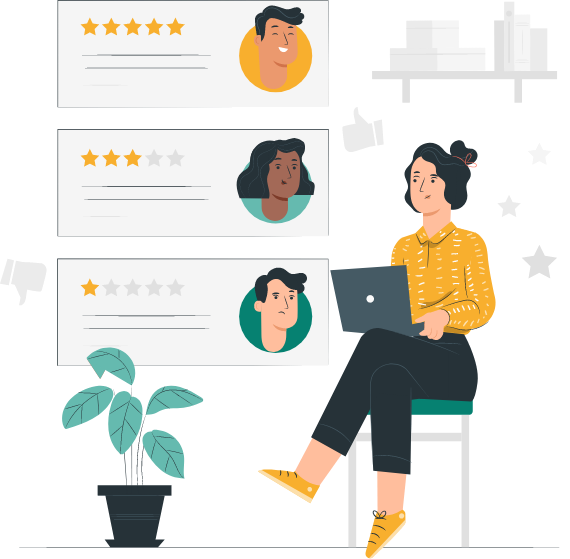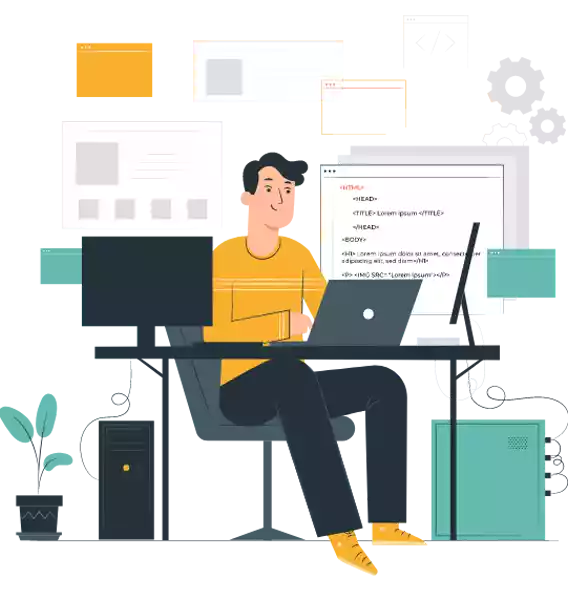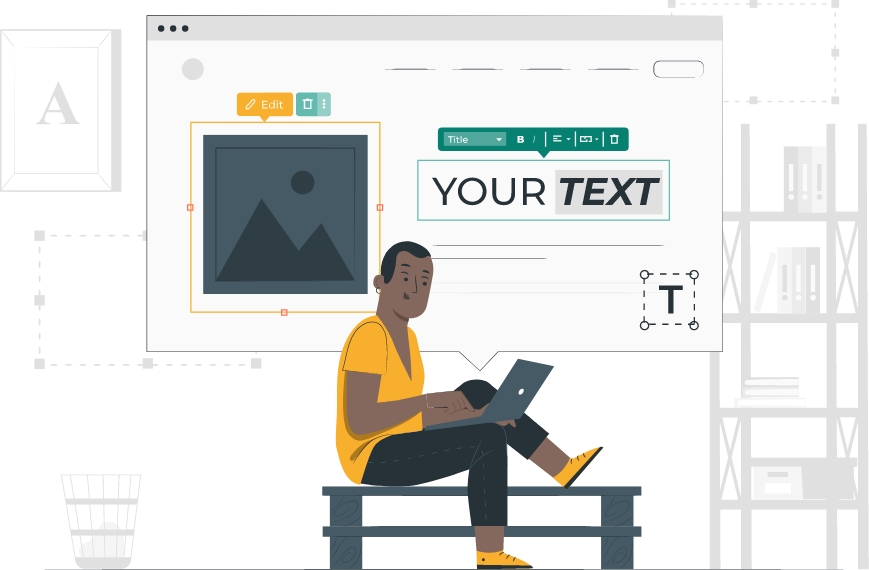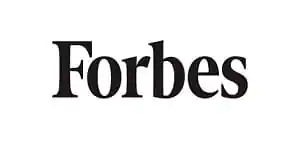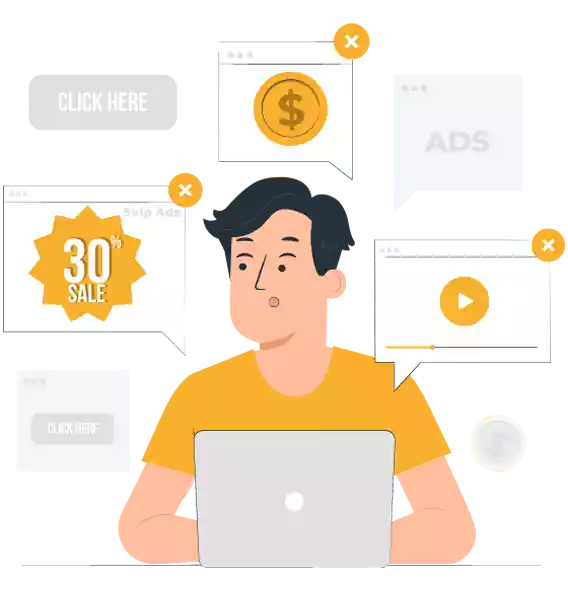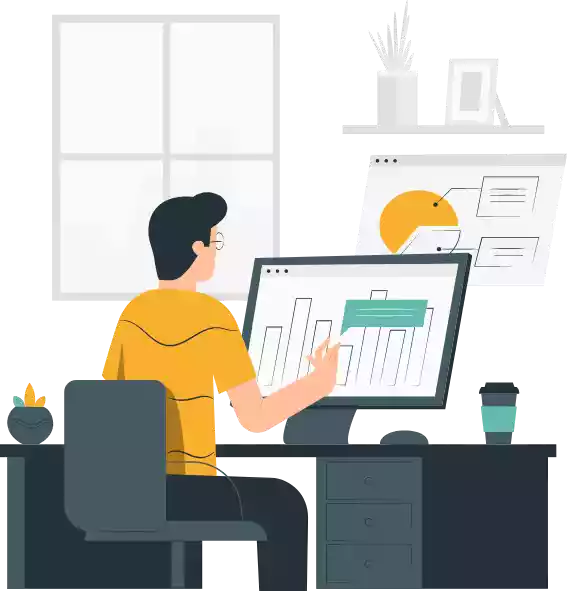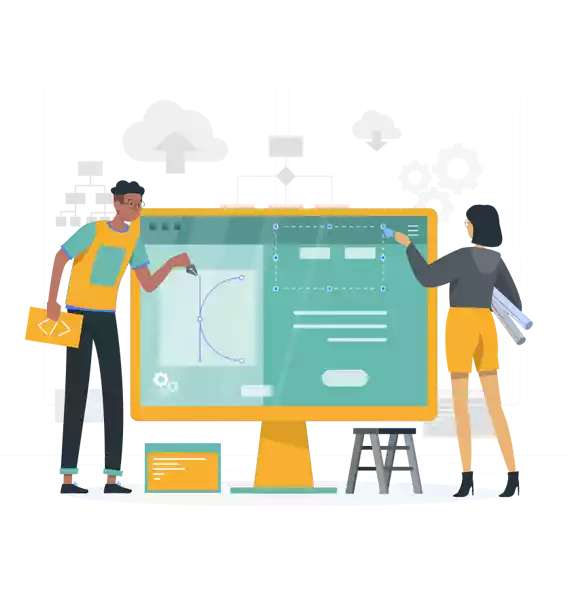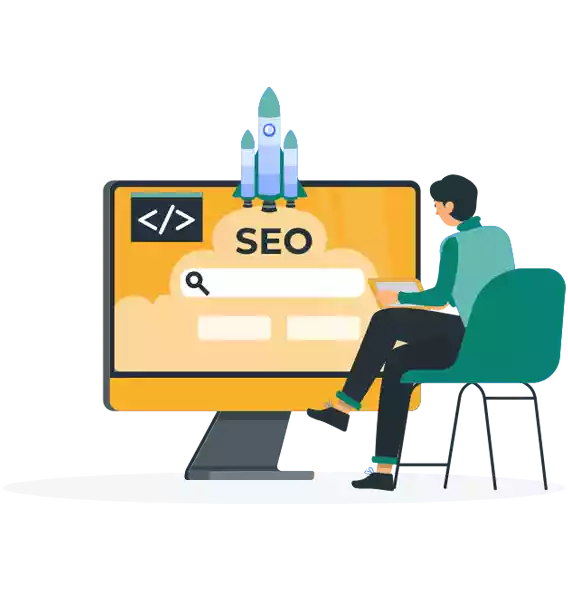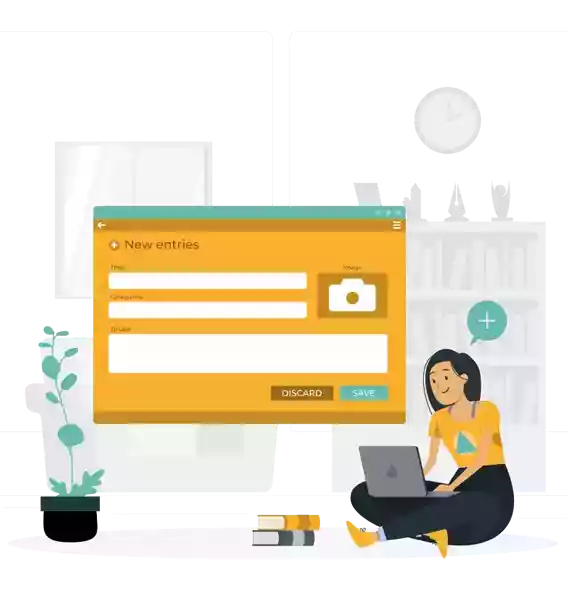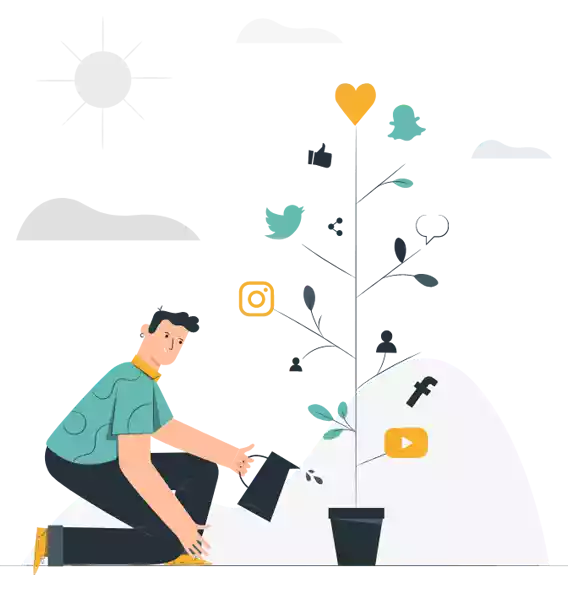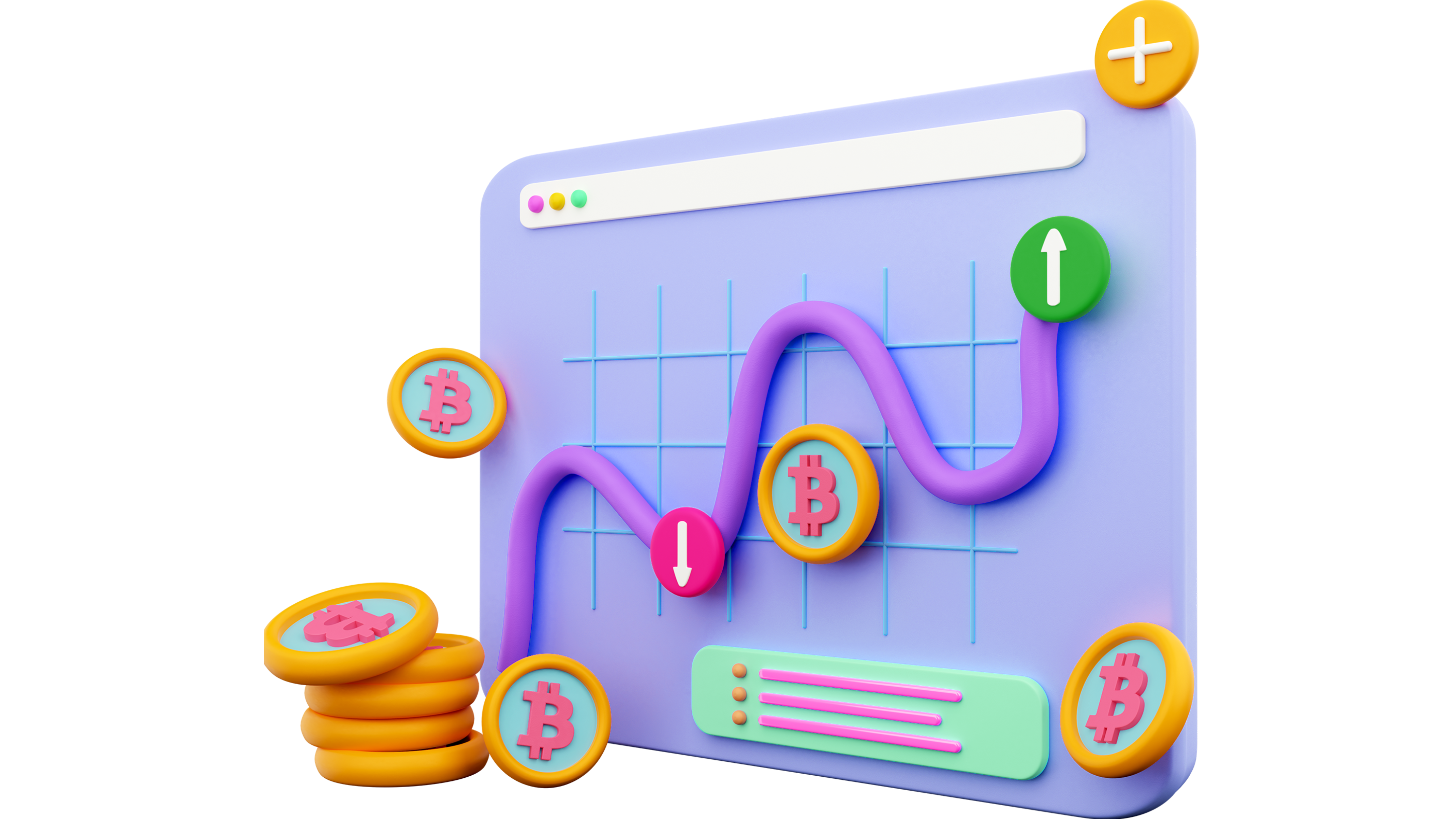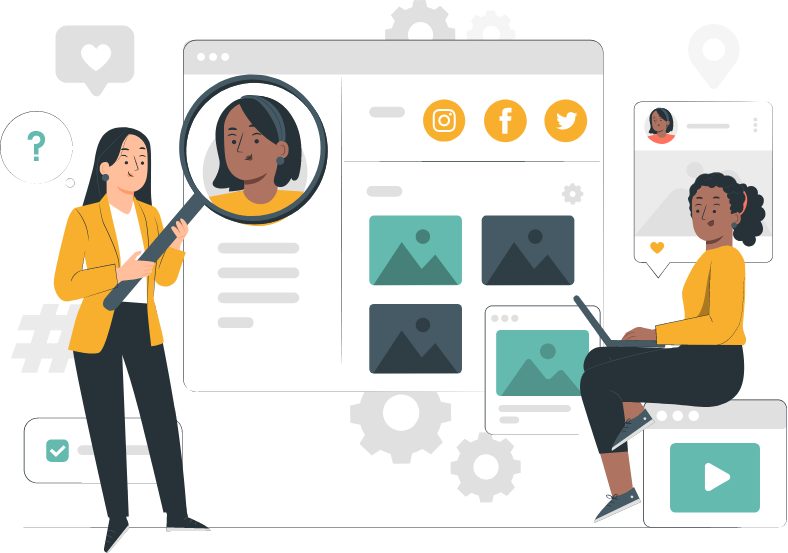If you are to take advice about search engine optimization for competitive digital marketing, why not take it from Google themselves? Through in-depth research on what clients want, Google’s team of experts compiled the steps below that businesses can use to improve their ranking on Google Search.
- Learn how to optimize the largest content paint (LCP)
LCP stands for the time it takes for a person interacting with your content to see the primary message you are trying to pass. According to the Google team, many people, even experienced SEO experts, struggle. In the latest Google update, the search engine giant offers tips to improve the LCP. They include:A) The Image should be easy to trace in its HTML source code
For most people, the domain name is one of the most critical aspects of web ranking. However, it is just a tiny piece of the puzzle. According to Google, the first thing users interact with on most mobile web pages is an image. Google also noted that most pages fail on image optimization. To improve on this metric, the Google team advises that when using images in content, it is essential to ensure that the image can easily be reached from the HTML source.The idea is to avoid the mistake of the image loading only after JavaScript or CSS files are loaded. Being discovered on HTML source directly makes it faster and hence better for users to interact with the page.
B) Give the LCP Image Priority Over Everything Else
The fact that the image is what most users interact with means it should be a top priority in terms of load speed. According to the Google team, the best way to do this would be to avoid steps that can lower their importance. One of the actions that Google says you avoid is to add the loading =” lazy” functionality.C) Cut on the Time to First Byte (TTFB)
The Time to First Byte is the time between the browser’s receipt of the first byte of your HTML file and the other resources in a website. Pages that rank well on Google tend to be fast on the TTFB.To optimize your website and cut on this time, Google recommends using a Content Delivery Network (CDN). If this is what Google says works, consider it if you want to make your website more visible. - Google’s advice on how to optimize website visual stability
Besides the image, Google noted that many websites could be more visually stable. The visual stability of a website is measured using a cumulative layout shift (CLS) and ranges from good to poor. If a website has a large CLS score (poor), it means banners pop up randomly, causing the page to move down. Google experts note that 25% of websites have this problem. To deal with it, Google advises that websites take the following measures:A) Be clear on the size of the page content
Without proper optimization, a website content’s position can flip-flop and affect a page’s ranking. To deal with this problem, Google advises using CSS tools such as the aspect ratio.With this tool, you can customize the aspect ratio of all page elements, from images to other elements, such as ads. The idea is to help the browser determine the page size relative to the screen a viewer uses.B) Check for Bfcache Eligibility
If you want your page to rank well on Google, it has to load as quickly as possible. According to Google, one of the best tools for this is the back/forward cache, or Bfcache. There are Chrome DevTools for this purpose.C) Avoid Animations
According to Google, animations, like cookie banners, are a huge cause of changes in layouts. To deal with this problem, Google researchers on SEO recommend that webmasters avoid using animating features unless necessary. - Focus on the Optimization of the First Input Delay (FID)
For a website to rank well on Google, it should respond fast when a user clicks. While FID is the most common feature for this task, Google has developed a new tool, the Interaction to Next Paint (INP) tool. This is meant to make it faster for a website to respond to clicks. However, users can also use both INP and FID, and Google recommends the following actions to achieve this goal.A) Get rid of long tasks
For a page to load fast, Google recommends breaking up tasks (rendering, scripts, etc) into small blocks.B) Use less JavaScript
JavaScript gives you a lot of filler code, which can affect a website’s load speed.C) Rendering may be unnecessary
According to Google, rendering hinders a website from performing optimally, which means less competitiveness.
Recap
Google leads in search and understands better than anyone else, which makes for good SEO. Therefore, by implementing their recommendations above on search engine optimization, you can increase your odds of ranking better.
